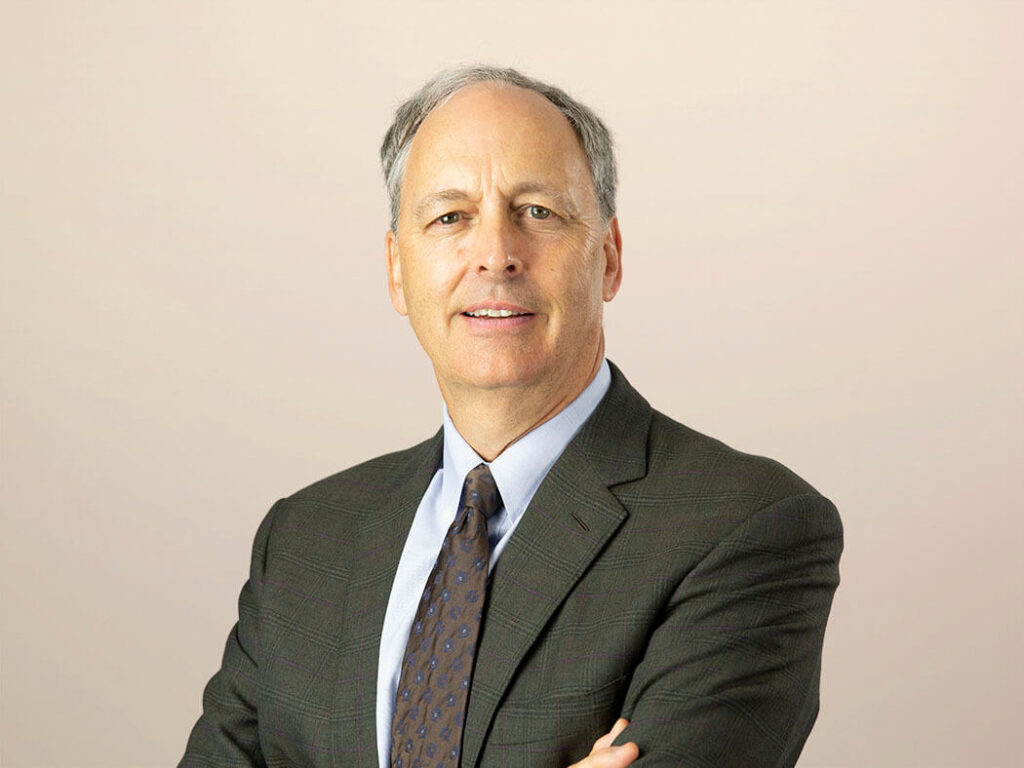CX = $$
All CEOs strive to increase revenue. It expands market share and pushes stock prices higher.
In our digital age, how do you get it? As it turns out, good customer experience drives revenue growth. Seems obvious, but it took Harley Manning of Forrester months of research to prove it. You can find the report here (summary unless you are a client…)
Harley examined five U.S. B2C markets in which there was a leader and a laggard in Forrester’s CX Index. He compared their revenue growth and CX Index levels over a five year period — 2010 to 2014.
In cable, CX leader AT&T grew 6.2 times faster than laggard Comcast; in airlines, experience leader JetBlue grew 5.5 times faster than laggard United; in the full service investment industry, the leader Edward Jones’ revenue grew 2.6 times faster than laggard Morgan Stanley; in the retail industry, customer experience leader Amazon grew 17 times the rate of laggard Wal-Mart.
Does the correlation always apply? Yes, when customers have choice and when companies offer differentiated experience (think car services). But when customers are stuck and suppliers all look the same (think health insurance) the connection breaks down. As an example, laggard Cigna had higher growth than CX leader Humana in the healthcare space.
So what should CX professionals do? 1) Use this research to prove to your CEO that CX can drive revenue growth. 2) Assess where your company is on the “map” of customer choice and supplier difference — make sure you are in a part of the map where the correlation holds. 3) Make a blunt judgment whether your corporate culture contains enough customer-obsession to embrace CX — many do not. 4) If your lights are still “green,” build your strategy and execute — your shareholders will cheer.
